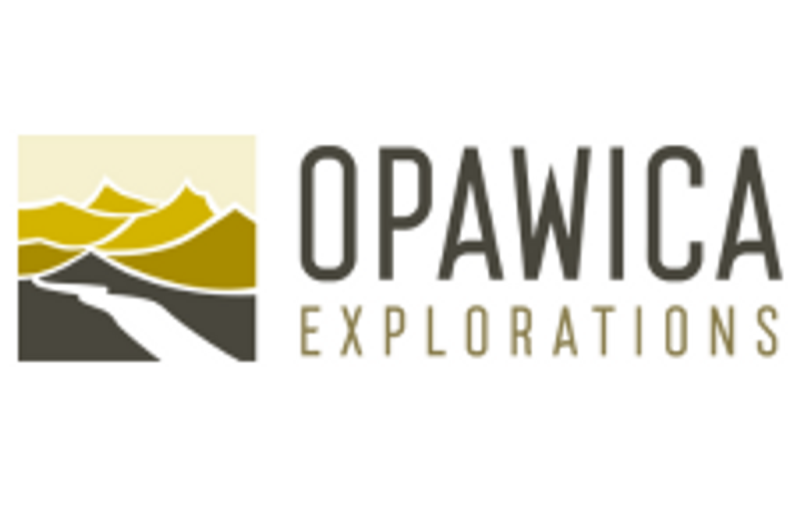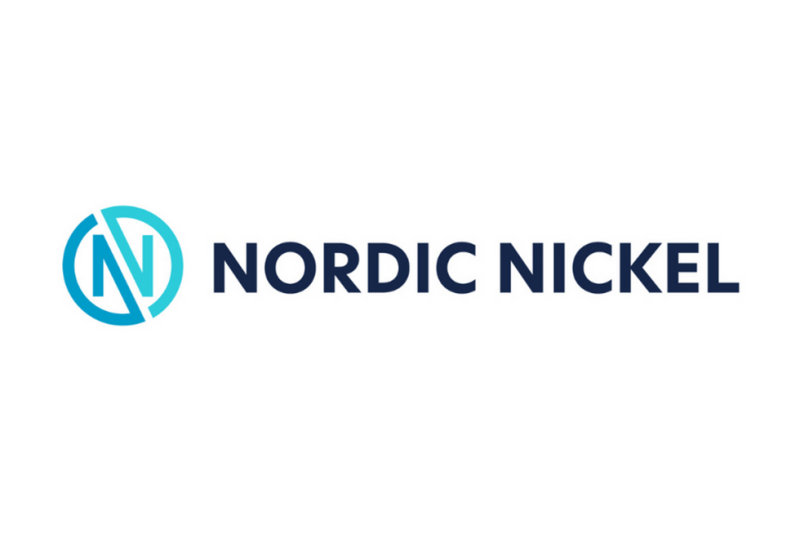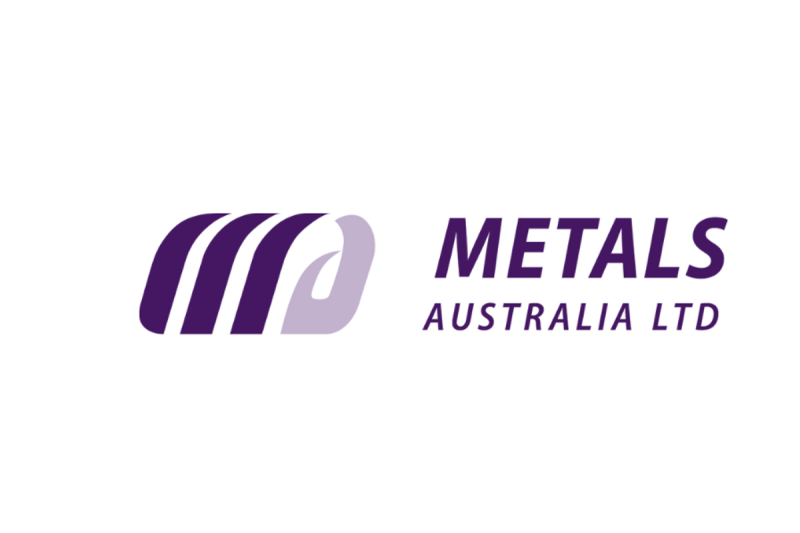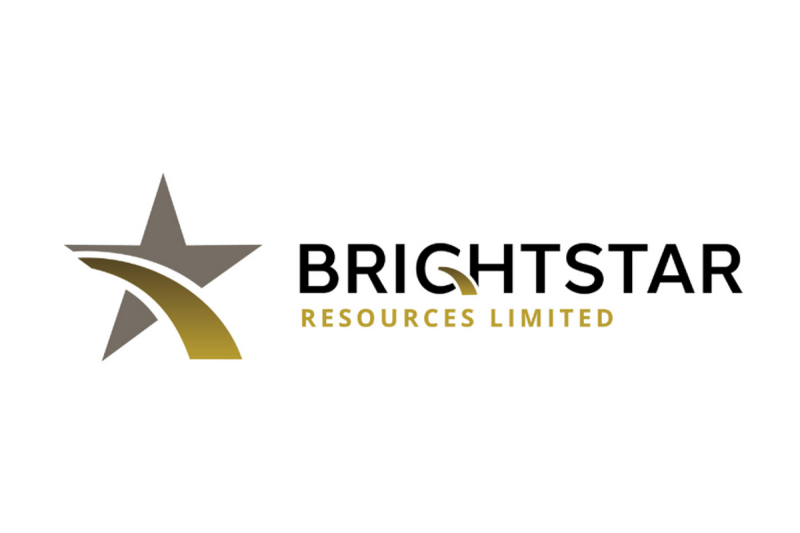(TheNewswire)
April 10th, 2025 TheNewswire – Vancouver, B.C. Opawica Explorations Inc. (TSXV: OPW) (FSE: A2PEAD) (OTCQB: OPWEF) (the ‘Company’ or ‘Opawica’) a Canadian mineral exploration company focused on precious and base metal projects.
Opawica to Present on the Emerging Growth Conference on Wednesday, April 16, 2025
Opawica invites individual and institutional investors as well as advisors and analysts to attend its real-time, interactive presentation on the Emerging Growth Conference.
The next Emerging Growth Conference is presenting on Wedenesday April 16 th of 2025 . This live, interactive online event will give existing shareholders and the investment community the opportunity to interact with the CEO and President Blake Morgan in real time. Blake Morgan CEO and President will perform a presentation and may subsequently open the floor for questions.
Please submit your questions in advance to Questions@EmergingGrowth.com or ask your questions during the event and Blake Morgan CEO will do his best to get through as many of them as possible.
Presentation link:
https://goto.webcasts.com/starthere.jsp?ei=1705403&tp_key=612b99c876&sti=opwef
Blake Morgan CEO and President states, ‘We are thrilled to be presenting at the Emerging Growth Conference live 3:10 – 3:20 Eastern Time on Wednesday, April 16, 2025. With Opawica’s phase two drilling program underway, We are thrilled to give a update on our current drill program on the Bazooka property.. www.opawica.com
If attendees are not able to join the event live on the day of the conference, an archived webcast will also be made available on www.EmergingGrowth.com and on the Emerging Growth YouTube Channel, http://www.YouTube.com/EmergingGrowthConference . We will release a link to that after the event.
About the Emerging Growth Conference
The Emerging Growth conference is an effective way for public companies to present and communicate their new products, services and other major announcements to the investment community from the convenience of their office, in a time efficient manner. The Conference focus and coverage includes companies in a wide range of growth sectors, with strong management teams, innovative products & amp, services, focused strategy, execution, and the overall potential for long term growth. Its audience includes potentially tens of thousands of Individual and Institutional investors, as well as Investment advisors and analysts. All sessions will be conducted through video webcasts and will take place in the Eastern time zone.
Drilling Update
Of the ten drill holes collected, our team has successfully intersected the iconic Cadillac-Larder fault multiple times, revealing promising mineralization which underscores local understanding of mineralization patterns. The Cadillac-Larder Lake fault is a major structural element in the Abitibi greenstone belt, known for its rich mineralization and geological backbone supporting dozens of commercial mines in the region.
Sample drill hole OP-25-27 was completed at a depth of 171 m. Between 114 and 156.5 m, we intersected a fine-grained greenish-olive-grey rock. Serecite formation is present throughout, with localized occurrences containing fuschite and silicification pulses, slightly fractured except for a small area between 145.5 and 148.0 m, likely ultramafic, where two small shear zones are observed. Arsenopyrite is present at 1-2% up to 132 m, decreasing to trace levels beyond this depth. Fine pyrite occurs at 1-2% from 148 m onward, with local vein stockwork increasing to 15% from 152 m to 156 m. (see table below).
Opawica Exploration Drills 42.5 Meters of Mineralization on the Bazooka Gold Project in the Abitibi Gold Belt
The Company undertook XRF readings at the following points
Conversion factor-1 Part per million (ppm ) = 1 Gram/ton( g/ton )
-
118.50 m As 2.20%; Au 190 ppm; Ni 1,061 ppm; Cr 4,117 ppm
-
130.50 m As 795 ppm; Au 11 ppm ; Ni 643 ppm; Cr 2,475 ppm
-
143.95 m As 828 ppm ; Au 16 ppm; Ni 1,127 ppm; Cr 1,564 ppm
-
156.00 m As 354 ppm ; Au 8 ppm; Ni 458 ppm ; Cr 109 ppm
Conversion factor1 Part per million( ppm ) = 1 Gram/ton( g/ton )
X-ray fluorescence (XRF) is a non-destructive analytical technique used to determine the elemental composition of materials such as drill core. XRF analyzers determine the chemistry of a sample by measuring the fluorescent (or secondary) X-ray emitted from a sample when it is excited by a primary X-ray source. The results only provide an indication of the amount of minerals present. Certified assaying of the core samples is still required to accurately determine the amount of base metal and precious metal mineralization.
Mr.Yvan Bussieres, P.Eng. , Opawica’s Geologist has reviewed and approved the technical content of this news release. The qualified person has been unable to verify the information on the adjacent
Properties
About Opawica Explorations Inc.
Opawica Explorations Inc. is a junior Canadian exploration company with a strong portfolio of precious and base metal properties within the Rouyn-Noranda region of the Abitibi Gold Belt in Québec. The Company’s management has a great track record in discovering and developing successful exploration projects. The Company’s objective is to increase shareholder value through the development of exploration properties using cost effective exploration practices, acquiring further exploration properties, and seeking partnerships by either joint venture or sale with industry leaders.
FOR FURTHER INFORMATION CONTACT:
Blake Morgan
President and Chief Executive Officer
Opawica Explorations Inc.
Telephone: 236-878-4938
Fax: 604-681-3552
Neither the TSX Venture Exchange nor its Regulation Service Provider (as the term is defined in the policies of the TSX Venture Exchange) accepts responsibility for the adequacy of accuracy of this news release.
Forward-Looking Statements
This news release contains certain forward-looking statements, which relate to future events or future performance and reflect management’s current expectations and assumptions. Such forward-looking statements reflect management’s current beliefs and are based on assumptions made by and information currently available to the Company. Readers are cautioned that these forward-looking statements are neither promises nor guarantees, and are subject to risks and uncertainties that may cause future results to differ materially from those expected including, but not limited to, market conditions, availability of financing, actual results of the Company’s exploration and other activities, environmental risks, future metal prices, operating risks, accidents, labor issues, delays in obtaining governmental approvals and permits, and other risks in the mining industry. All the forward-looking statements made in this news release are qualified by these cautionary statements and those in our continuous disclosure filings available on SEDAR at www.sedar.com. These forward-looking statements are made as of the date hereof and the Company does not assume any obligation to update or revise them to reflect new events or circumstances as required by applicable law.
Copyright (c) 2025 TheNewswire – All rights reserved.
News Provided by TheNewsWire via QuoteMedia










